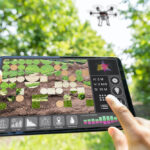Rolanda Clout-Collins�s goal to secure a future in farming now stretches beyond her family�s farm…
Gates still closed on virtual fencing in NSW
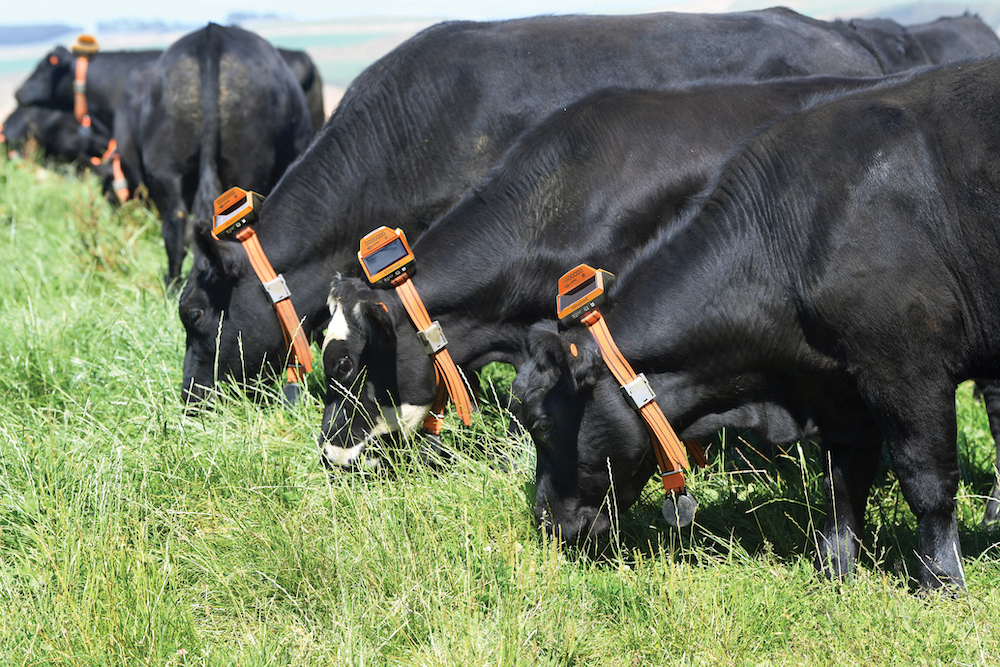
What if the thousands of kilometres of fences destroyed in last year�s floods were virtual and could simply be switched back on once waters receded?
That question was posed to NSW Farmers staff at the 2022 Primex Field Days from a Northern Rivers farmer who had been replacing around five kilometres of fencing destroyed by flooding.�
While traditional fences will always have a place in Australian agriculture, the on-farm applications of virtual fencing are a game-changer for livestock farmers.
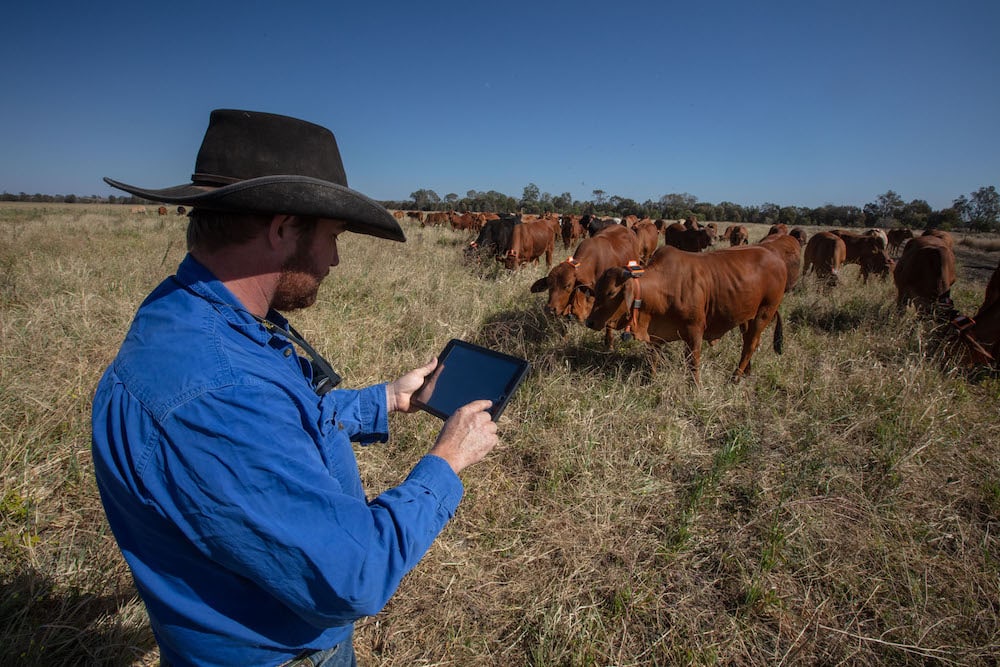
The ability to set up cell grazing paddocks or fence off waterways and conservation areas with your mobile phone is already a reality in Australia, thanks to the work of the CSIRO.
Research and development by the CSIRO into virtual fencing commenced in 2005 and it now works in partnership with Gallagher Animal Management to develop on-farm applications for the technology. Its first product, the eShepherd for dairy and beef cattle, is not yet commercially available but farmers are trialling it on farms in New Zealand, Queensland, Western Australia and Tasmania.�
A virtual fence is essentially an invisible line in the landscape that can be created on a digital map using GPS technology.
Gallagher Animal Management�s head of eShepherd, Hayden Goble, explained animals wearing a GPS-enabled neckband are warned of the presence of the invisible fence through an audio cue and if that is ignored, the neckband delivers a short, mild electric pulse.
�Each neckband has GPS coordinates loaded into it that identify where the virtual fence is. The audio warning is like a beeping noise and is only a couple of seconds long. We�ve seen that cattle quickly learn what the sound means and adapt their behaviour. Cattle do the same thing with temporary electric fencing.�
Hayden Goble, Gallagher Animal Management�s head of eShepherd
NSW and other states and territories are yet to amend their animal welfare legislation to allow livestock to wear the eShepherd neckbands.
Exemption permits can be obtained for approved research purposes, and projects have been undertaken in NSW and Victoria using beef and dairy cattle and sheep.
NSW Agriculture Minister Dugald Saunders told parliament last year he would consider legalising the technology as part of a reform process for animal welfare legislation.
Mr Saunders said he recognised the important role this technology can play in rotational grazing systems, environmental outcomes and monitoring livestock.
�There is presently stakeholder engagement being undertaken, as well as other jurisdictions across Australia assisting the government to make an informed decision on virtual fencing,� Mr Saunders said.
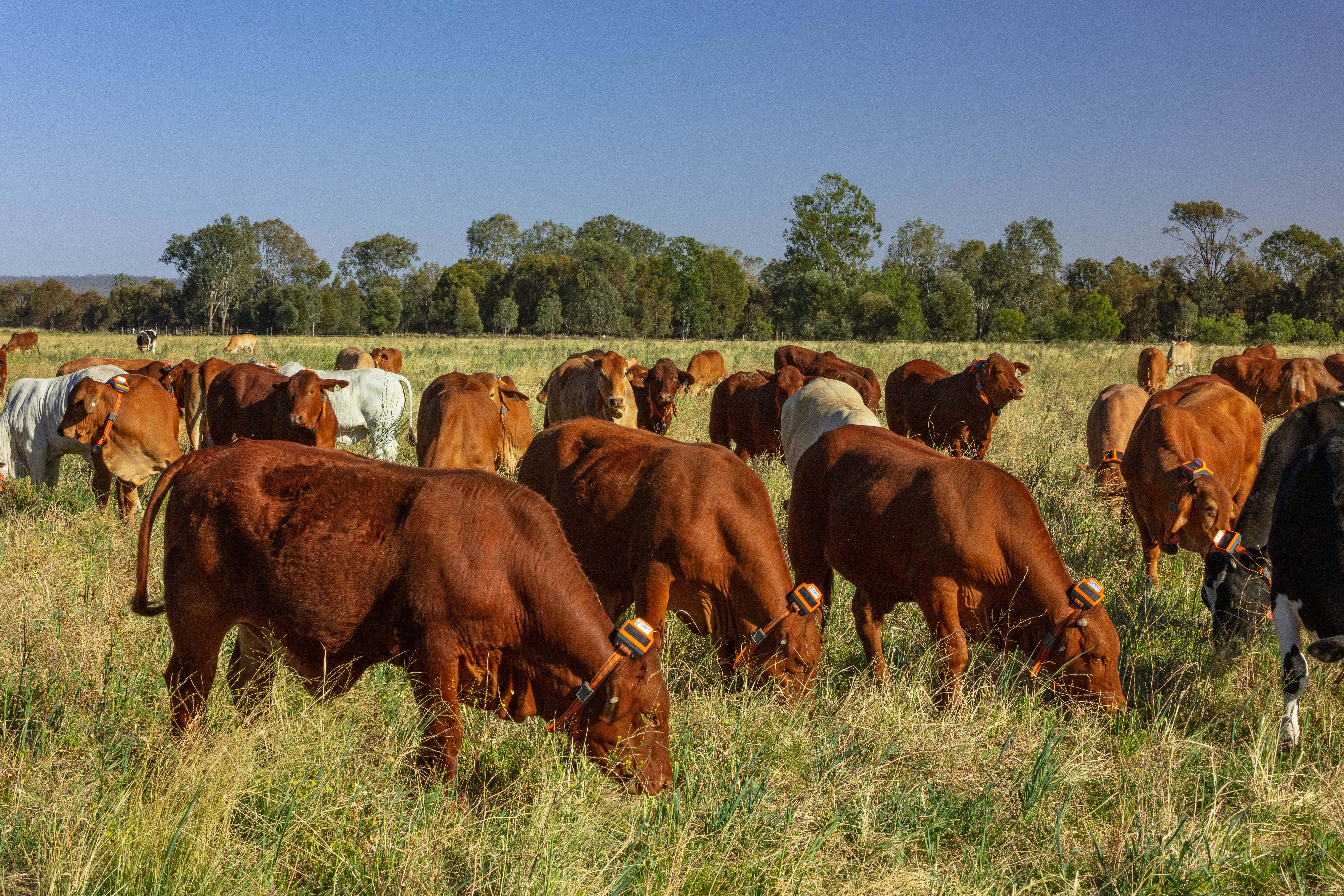
However, the Animal Justice Party strongly opposes the adoption of virtual fencing in NSW and the RSPCA has voiced concerns about animal welfare implications.�
According to the RSPCA: �One of the main welfare concerns of virtual fencing is the use of an electric shock, which has been shown to produce an acute stress response in animals.�
The RSCPA also cited a 2018 virtual fencing case study published within the Frontiers in Animal Science journal that states the technology initially exposes animals to an environment of low predictability and controllability, which can lead to anxiety and stress.
�Where virtual fencing technology is legally permitted, the use of collars should be subject to regulation that ensures safeguards are in place to protect the welfare of animals,� the report states.
�This includes adherence to standards that ensure appropriate use and avoid animal harm as well as third-party monitoring and auditing to verify compliance.�
Virtual fencing less stressful on sheep
Virtual fencing is less stressful on sheep than other standard farming practices, according to the results of University of New England (UNE) research project.�
Joint UNE and CSIRO post-doctoral researcher Danila Marini and joint UNE/CSIRO PhD candidate Tellisa Kearton took on a series of complex experiments measuring sheep stress responses to virtual fencing.
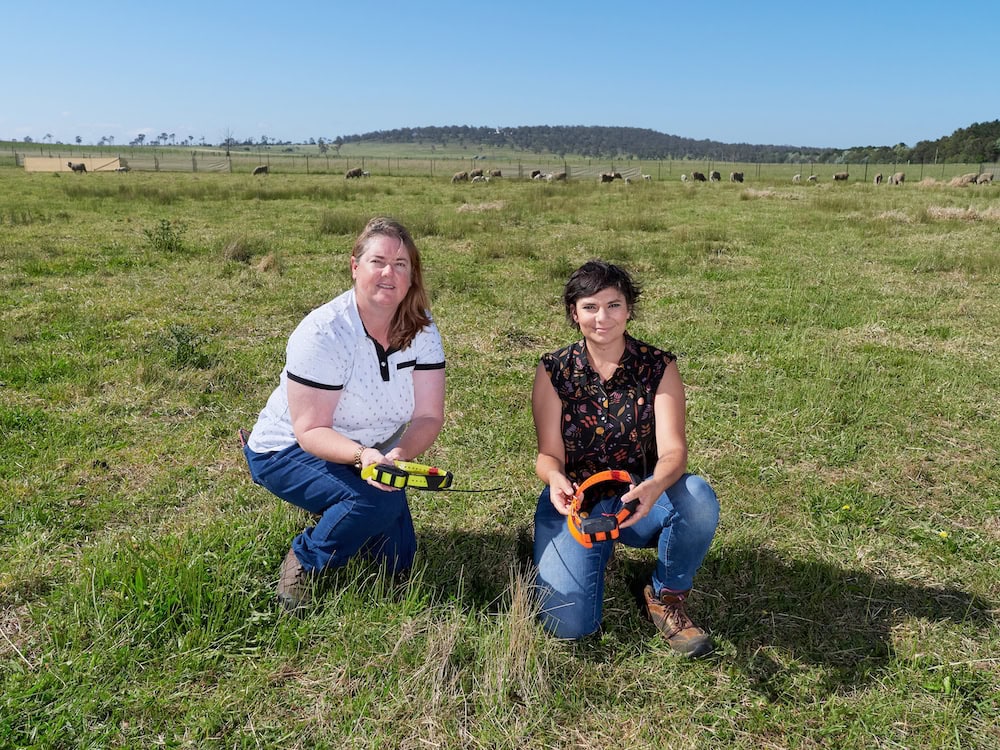
This project aimed to determine how the stimuli used in virtual fencing are perceived by the animal. The audio and electrical stimuli were compared to other commonly encountered stimuli in normal sheep production systems, including a barking dog and a restraint procedure.
Danila said they discovered that sheep eat the same amount of food, in much the same way as if contained by electric fencing.
�They behave normally, graze normally, without any stress, and learn very quickly how to interact with the fence,� Danila said.
Tellisa�s comparative experiments explored how sheep respond physiologically and behaviourally to the audio and electrical stimuli. Combining video analysis and measurements of cortisol levels and body temperature, she found that sheep were more stressed by a barking dog than the fence�s beep.
�Once the sheep recognise that the beep indicates the boundary, it�s no more problematic than any other fence, and that�s been an important finding. It�s very similar to the principles of a normal electric fence, except that it is an audio barrier rather than a visual, physical one.�
Tellisa Kearton, UNE/CSIRO PhD candidate
Tellisa also discovered that sheep learn to interact with a virtual fence very quickly � after about three interactions, over a day or two � and that social learning is possible.
�We think individual ewes may be able to teach their lambs how to interact safely with the virtual fence, and while this maternal learning warrants more investigation, it has applications for when and how a farmer implements fencing within a mob.
�It may, for example, be better to introduce the virtual fences immediately after lambing, to educate the lambs all together.�
A four-year Virtual Herding (VH) project led by Dairy Australia showed the technology had minimal behavioural and welfare impacts on livestock, while effectively containing them to a prescribed area.
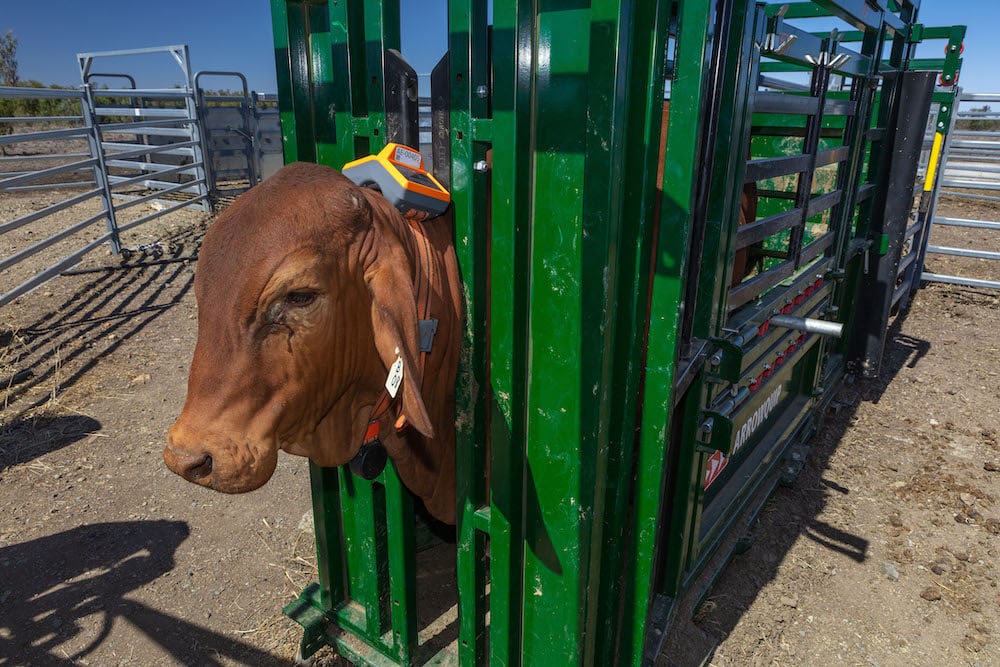
In addition, the physiological and behavioural responses of livestock indicated they were no more adversely impacted by the cues involved in VH technology stimuli than they were by other commonly encountered stimuli.
The VH project was completed in December 2020 and was the result of a partnership between the major livestock industries of dairy, beef, wool and pork. The project�s results demonstrated that beef cattle could learn the system within 4-5 interactions and were comparable with existing electric fence outcomes in terms of pasture consumption and animal performance.
Virtual fences could reduce wildlife road toll
In a first for NSW, a virtual fence is being trialled on a busy section of road on the South Coast to help curb the high wildlife road toll and improve driver safety.
One kilometre of virtual fencing has been installed along Cullendulla Drive in Long Beach � a section of road notorious for its high number of wildlife fatalities.
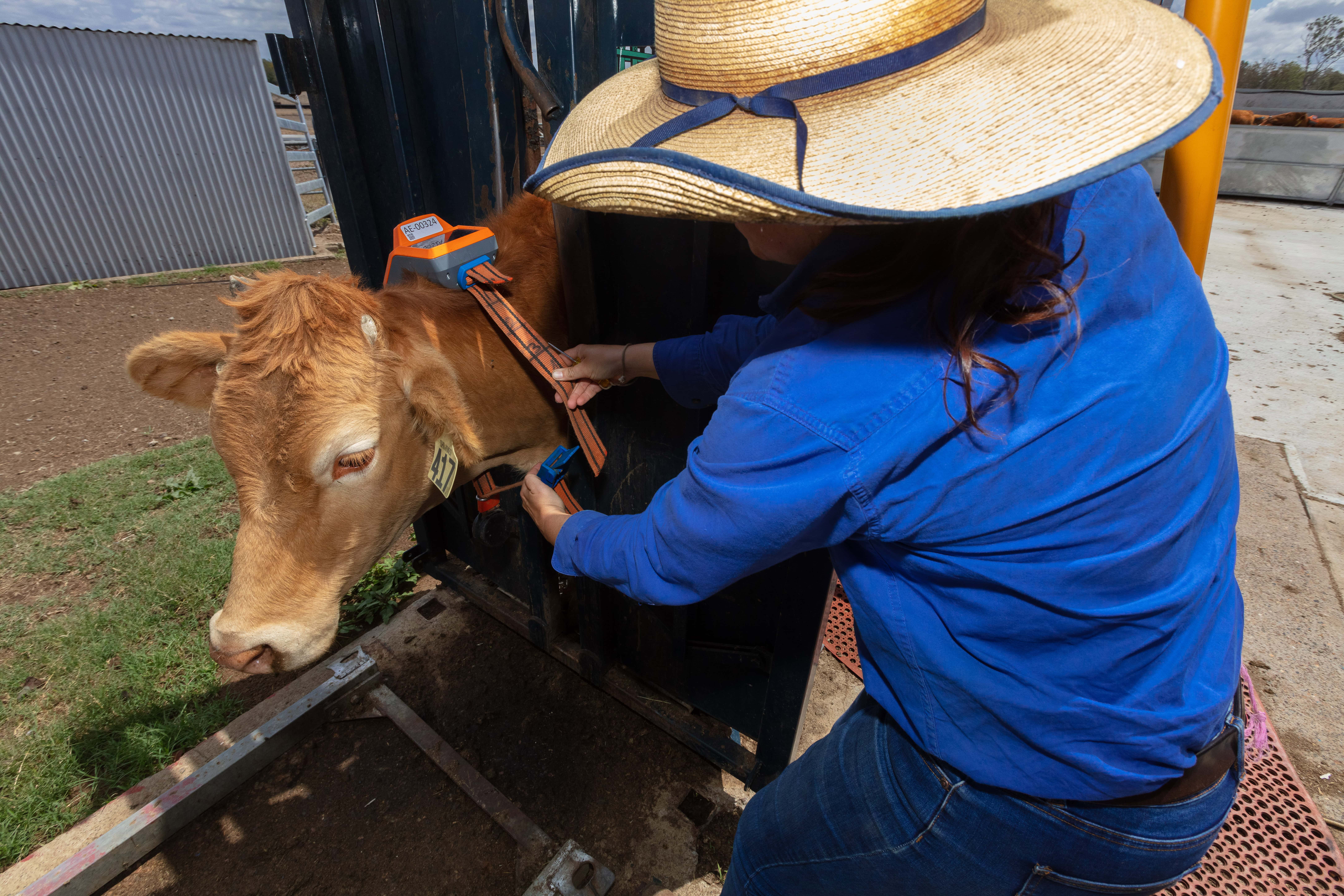
The project is spearheaded by local community environmental group, The Coastwatchers Association, in partnership with the Eurobodalla Shire Council and a local branch of the NSW Wildlife Information Rescue and Education Service.
The electronic protection system comprises a series of poles set at 25-metre intervals along the road in a zigzag pattern. When a vehicle approaches at night, the car�s headlights activate each pole in turn, causing it to emit a combination of sound and flashing lights, creating a �virtual fence� that alerts nocturnal animals about to cross the road.
The success of the virtual fence will be determined by comparing the roadkill data collected by council prior to installation with that gathered in the years after.
Similar virtual fencing has been trialled with success in Australia and internationally, with one pilot study in Tasmania reducing wombat roadkill by a significant 80 per cent.
Benefits of next evolution of fencing
Hayden Goble described the technology as �the next stage of evolution for fencing�.
�There are a lot of benefits in monitoring the health of livestock and the environment, as well as maximising pasture use efficiency. In New Zealand for example, we have waterway regulations coming in that will require farmers to exclude livestock.
�The economics and practicalities of fencing-off streams does not work for many farm businesses, so virtual fences could be a far cheaper option.�
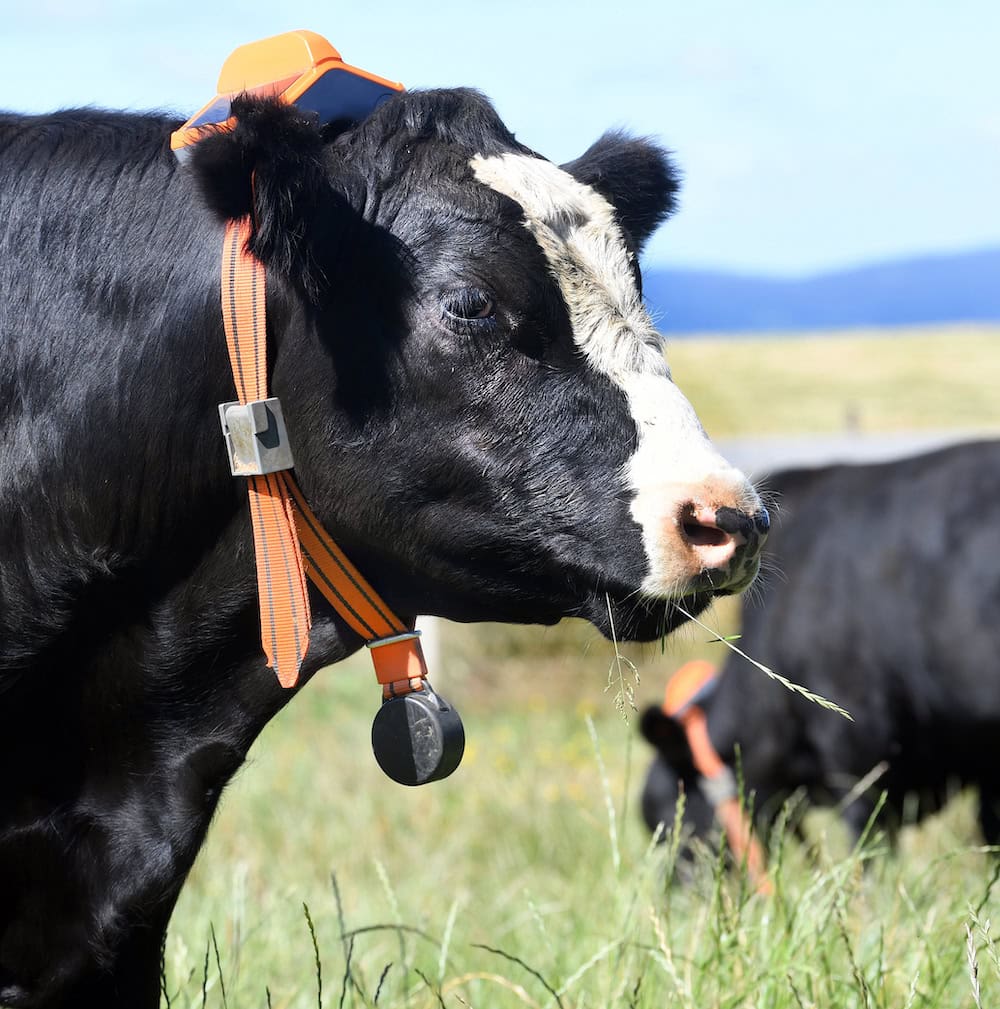
Another environmental benefit is that native species can cross the virtual fence and maintain ecosystem connectivity.
Hayden said the technology could also be used during natural disasters to establish paddocks safe from flooding.
�Future versions of this technology will also enable farmers to automate the movement of livestock to higher ground during dangerous flood situations.�
Hayden Goble, Gallagher Animal Management�s head of eShepherd
Hayden said he understands the need to address any animal welfare concerns.
�It�s to be expected that people do need time to assess any risks with new technology, and we need to have animal welfare as the number one priority. We are conducting a number of trials in New Zealand that include monitoring the welfare and health of the animals. Those trials and other research papers indicate that there is no additional stress on the animals.�
If you enjoyed this story on virtual fencing, you might like to read our feature on innovation in agriculture.




